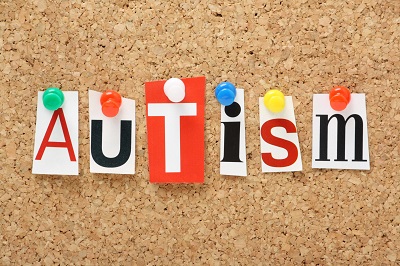| ) | |||
Communication can be challenging for individuals with Autism Spectrum Disorder (ASD) due to differences in social interaction, language development, and sensory sensitivities. However, various strategies can significantly enhance communication and facilitate better connections for individuals on the spectrum.
Visual Supports
Visual supports are powerful tools that aid communication for individuals with ASD. These tools include:
– **Picture Exchange Communication System (PECS)**: PECS involves using pictures or symbols to help individuals communicate their needs, desires, and thoughts. It provides a visual representation of language, making it more accessible.
– **Visual Schedules**: Establishing visual schedules with pictures or symbols helps individuals understand routines and predict what will happen next. Visual schedules bring structure and reduce anxiety by providing a clear outline of daily activities.
– **Social Stories**: These stories describe social situations, behaviors, and social cues in a structured and understandable way. They can assist individuals in understanding and navigating various social interactions.
Clear and Concrete Language
Using clear, concrete language is crucial for effective communication:
– **Simplify Language**: Break down complex information into simple, concise language. Avoid using abstract concepts or ambiguous phrases.
– **Be Direct**: Provide direct instructions or information, avoiding figurative language or sarcasm that can be confusing for individuals with ASD.
– **Visual and Verbal Pairing**: Pair verbal communication with visual aids or gestures to reinforce understanding.
Structured Routine and Predictability
Establishing a structured routine is essential:
– **Consistent Schedule**: Create a predictable daily routine to help individuals anticipate and understand what will happen next. Consistency reduces anxiety and improves communication.
– **Transition Strategies**: Use visual cues or countdown timers to signal transitions between activities. This helps prepare individuals for changes and reduces stress.
Utilization of Technology
Technology can be a valuable tool to support communication in individuals with ASD:
– **Communication Apps**: Various apps are designed to aid communication, offering alternative methods like text-to-speech or picture-based communication.
– **Augmentative and Alternative Communication (AAC) Devices**: These devices assist non-verbal individuals in communicating by using symbols, pictures, or text.
Positive Reinforcement
Encouraging and rewarding communication attempts is vital:
– **Positive Feedback**: Offer praise, encouragement, or rewards to reinforce successful communication attempts. Positive reinforcement boosts confidence and motivation.
– **Acknowledgment of Effort**: Recognize and appreciate any effort made in communication, regardless of its form or level.
Sensory Considerations
Sensory sensitivities greatly affect communication for individuals with ASD:
– **Understand Sensory Needs**: Be aware of sensory sensitivities and adjust the environment accordingly. Minimize sensory overload by controlling noise, light, and other sensory stimuli.
– **Offer Sensory Breaks**: Allow breaks in a quiet, low-stimulus environment to help individuals regulate their sensory experiences.
Individualized Approach
Tailoring communication strategies to individual needs is crucial:
– **Recognize Strengths and Challenges**: Understand the specific communication strengths and challenges of each individual. Some may excel in visual communication, while others might struggle with receptive language.
– **Flexibility in Strategies**: Be open to adapting strategies based on the individual’s responses and preferences. What works for one person may not work for another.
Patience and Understanding
Patience is key when communicating with individuals with ASD:
– **Allow Processing Time**: Give individuals extra time to process information and respond. Avoid rushing or putting pressure on them to communicate quickly.
– **Non-Verbal Communication**: Pay attention to non-verbal cues, as they might convey important information or emotions.
Encouraging Interests
Engaging with an individual based on their interests can facilitate communication:
– **Utilize Special Interests**: Incorporate an individual’s special interests into communication. Using these interests as conversation topics can increase engagement and motivation to communicate.
Social Skills Training
Practicing social interactions can enhance communication abilities:
– **Role-playing**: Engage in role-playing activities to practice social interactions and improve understanding of different social situations.
– **Social Skills Groups**: Participation in structured social skills groups can help individuals learn and practice appropriate communication and interaction skills.
In conclusion, effective communication strategies for individuals with ASD require a multi-faceted approach that considers their unique needs, strengths, and challenges. By employing visual supports, clear language, structured routines, technology, positive reinforcement, sensory considerations, individualized approaches, patience, encouragement of interests, and social skills training, caregivers and educators can significantly enhance communication abilities and foster meaningful connections with individuals on the autism spectrum.
—
This comprehensive guide encompasses various strategies to support effective communication in individuals with Autism Spectrum Disorder, aiming to provide a detailed understanding of the diverse approaches available for caregivers, educators, and individuals themselves.
Mamosa Maitin


